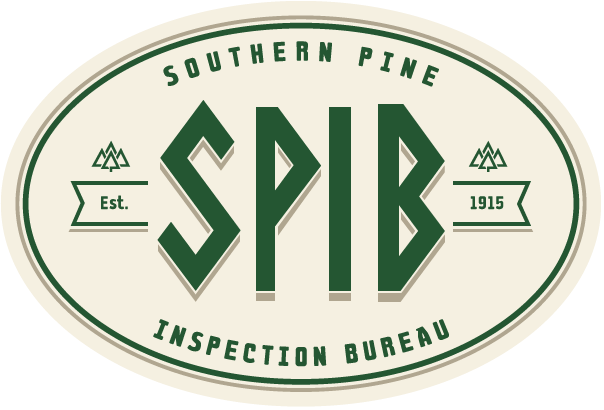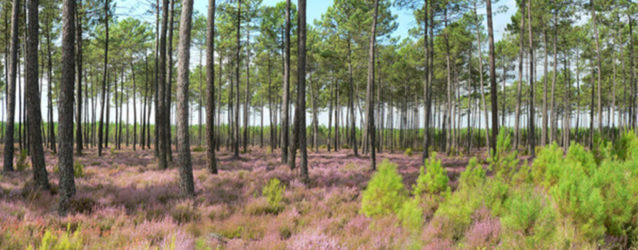The term,” yellow pine”, can refer to several pine species or groups of species which tend to grow in similar forest types and yield similar strong wood. In the Western US, yellow pine refers to Jeffrey pine or Ponderosa pine. In the United Kingdom, yellow pine refers to Eastern white pine or Scots pine. In […]
Continue reading
Your Rules Writing Agency for Southern Pine
How was SPIB formed? The Southern Pine Association was formed in 1915 to provide a common set of grading standards for the industry. Prior to the formation of the SPA, each regional pine association published their own grading rules using different grades and sizes. With the advent of World War I, the Department of Commerce […]
Continue reading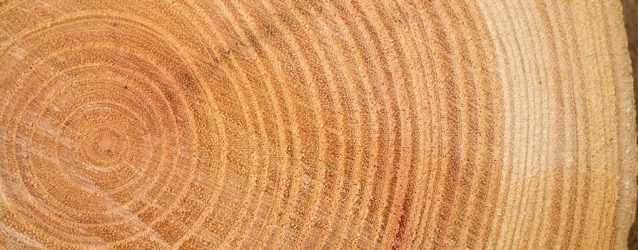
Density of Wood
What is density of lumber? In a general sense, density is defined as mass per unit of volume. For lumber, that could be given in units of pounds per cubic foot, or expressed as specific gravity (or relative density) where the density of the lumber is divided by the density of water (also in pounds […]
Continue reading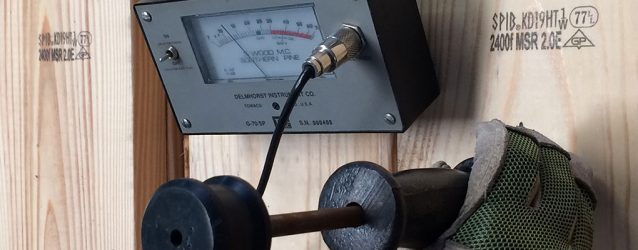
Moisture content in lumber
What is moisture content of lumber? The amount of moisture in wood is often expressed as a percentage of the weight of the wood when the oven-drying method is used. When a tree is still growing, the tree may have more moisture in it than ovendry wood fiber, resulting in moisture contents greater than 100%. […]
Continue reading
SPIB Resource Monitoring Program
In the early 1990’s, new lumber design values were approved for all major softwood lumber species in North America. This testing program was known as the “In-Grade Testing Program” because each piece of lumber tested was required to be precisely of the grade being tested. The design values were based on tests of full-size pieces […]
Continue reading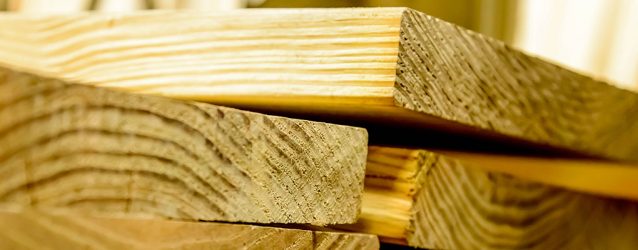
Proper Planer Alignment Reduces Manufacturing Imperfections
With the arrival of grade scanners in many southern pine production lines, there is a growing need to be much more precise with the planer machine work to plane a defect-free piece of lumber. Machine defects that the naked eye will miss on the production line, the scanners easily pick up and if only a […]
Continue reading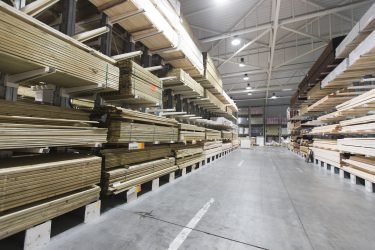
Visually Graded Lumber vs. Machine Graded Lumber
There are different ways of determining the grade of dimension lumber. Historically, “visual” grading is performed where a person looks at all four sides of a piece of lumber and evaluates the characteristics present to determine which of several visual grades the piece belongs. This grader works on a grading chain and quickly evaluates each […]
Continue reading
Shake and Splits, What’s the Difference?
In our previous BLOG, Shakes Checks and Splits in Dimension Lumber, we discussed the differences between these three types of defects or characteristics found in dimension lumber. All three are commonly thought of as different types of “cracks” or, “splits” in the wood. Each will have different limits in various grades depending on their effect on […]
Continue reading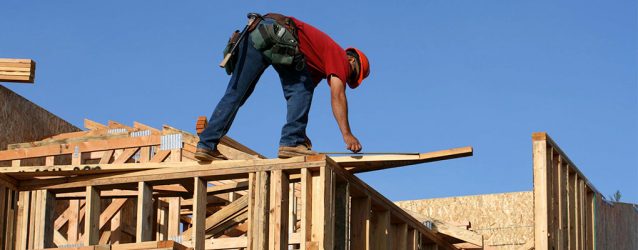
Determining Design Values for Lumber
Recently, we shared a blog discussing the various types of lumber strength properties. These are important for engineers to use to design structure with wood. But where do the lumber design values come from? The process of determining lumber design values has evolved over the years.
Continue reading
Lumber Design Properties
Wood has different strength properties when loaded in different manners. In fact, there are six main design values that are published for lumber and timbers in order for engineers to appropriately design a structure. Bending: Two values are published for bending properties. The fiber stress in bending, Fb, is related to the breaking strength of […]
Continue reading